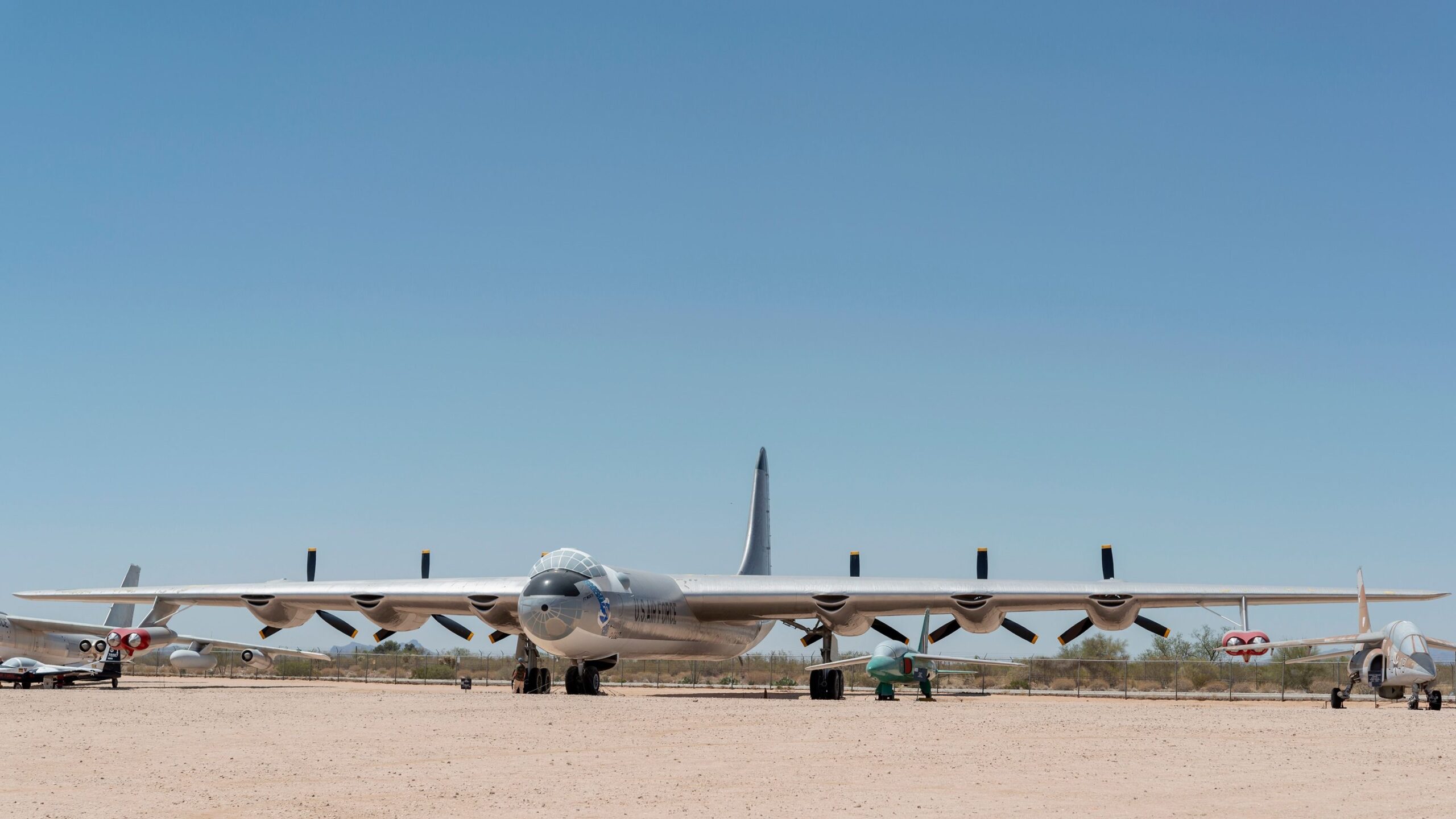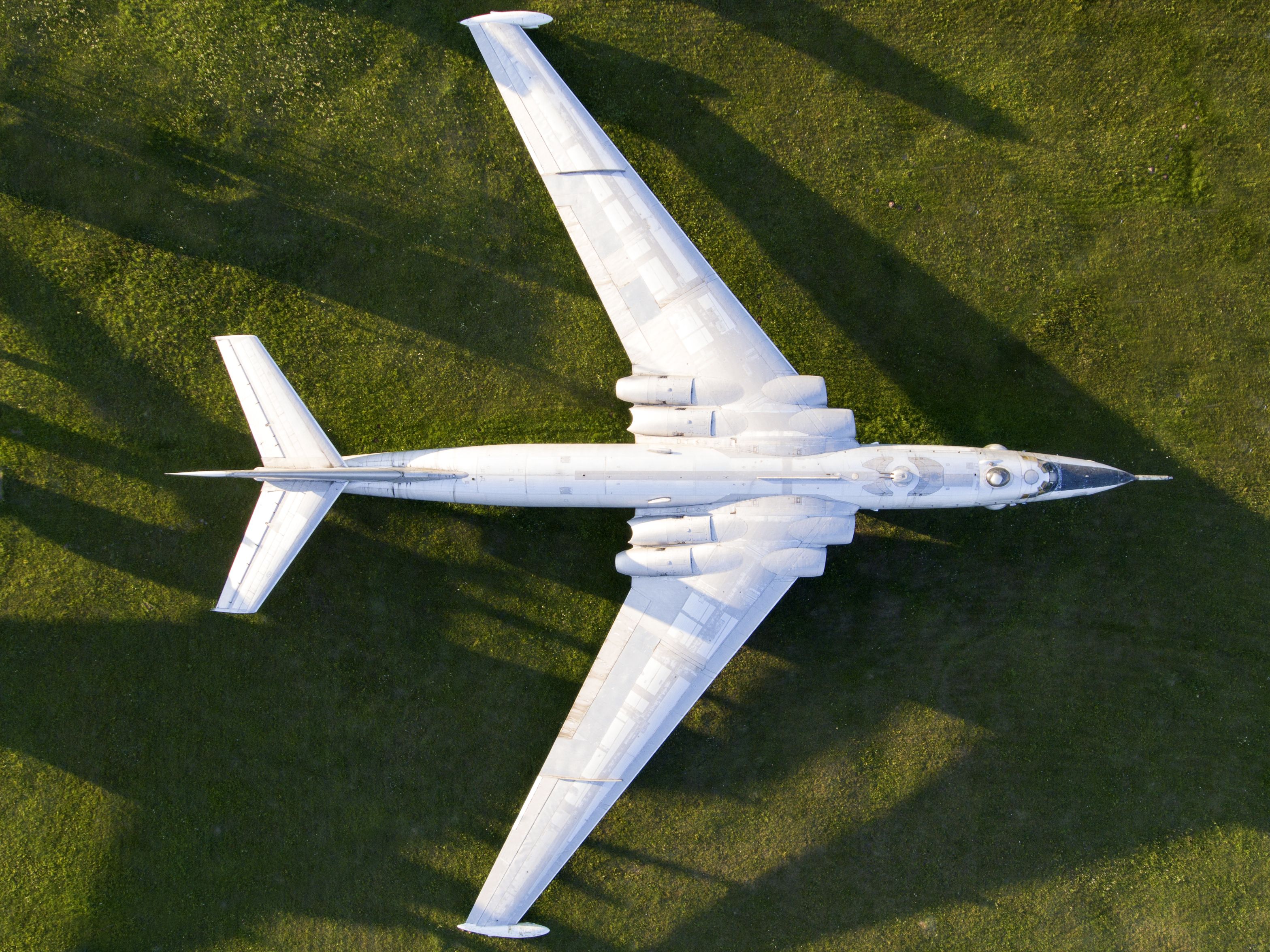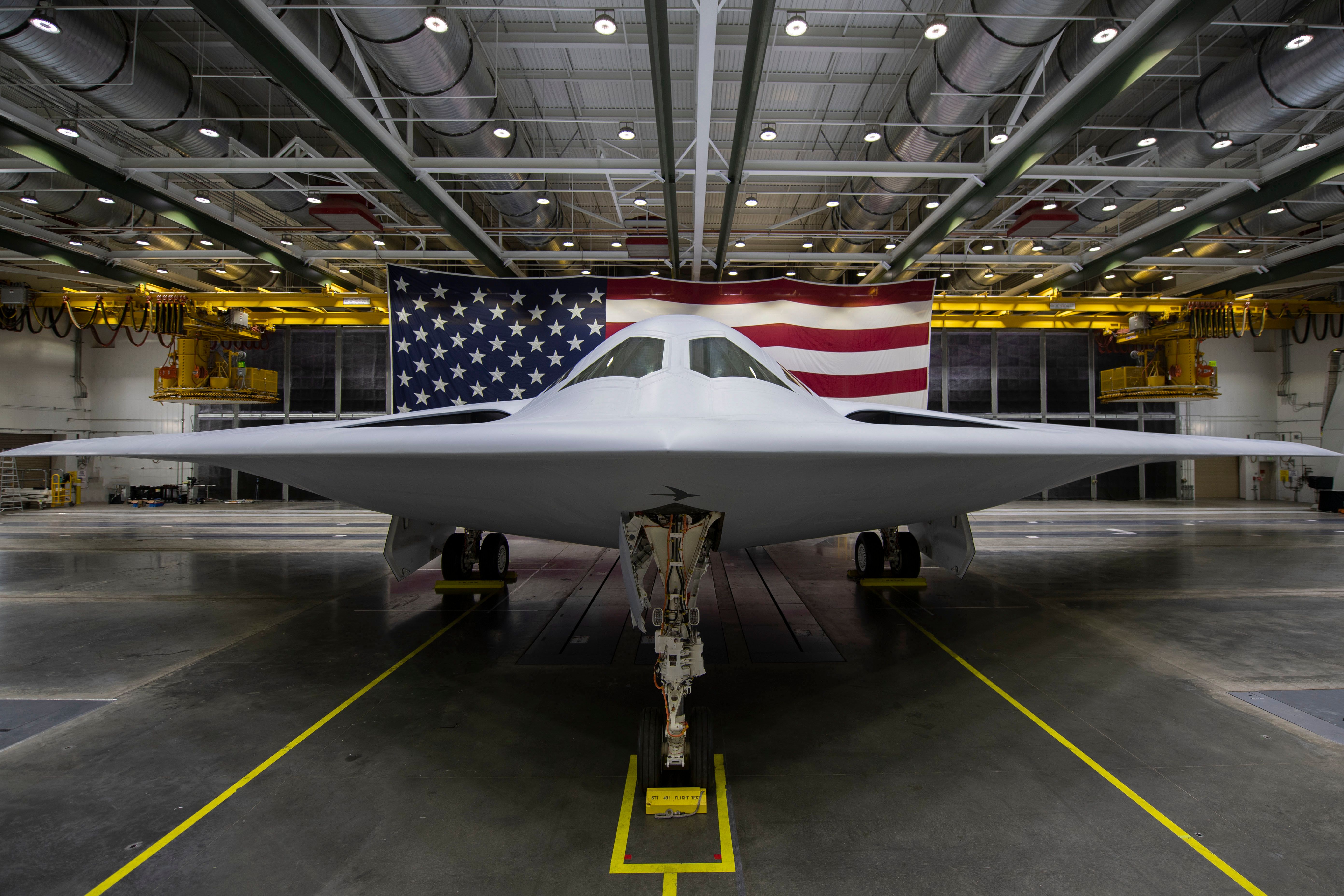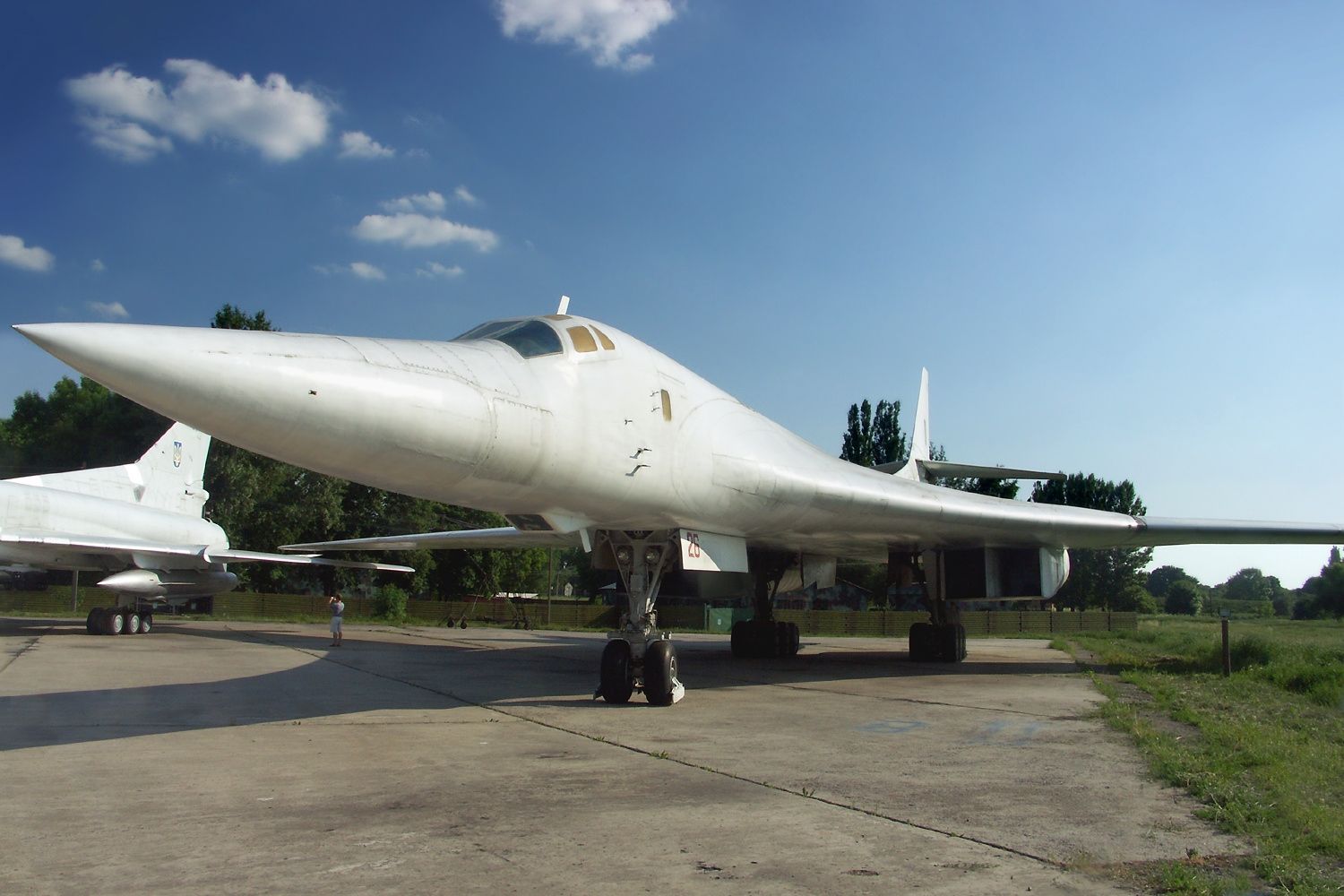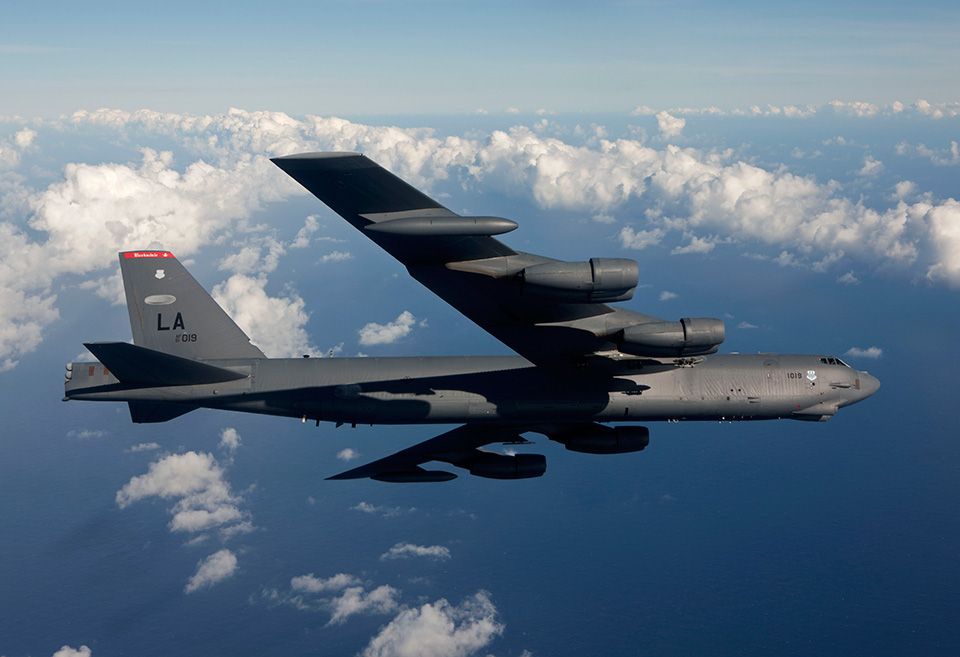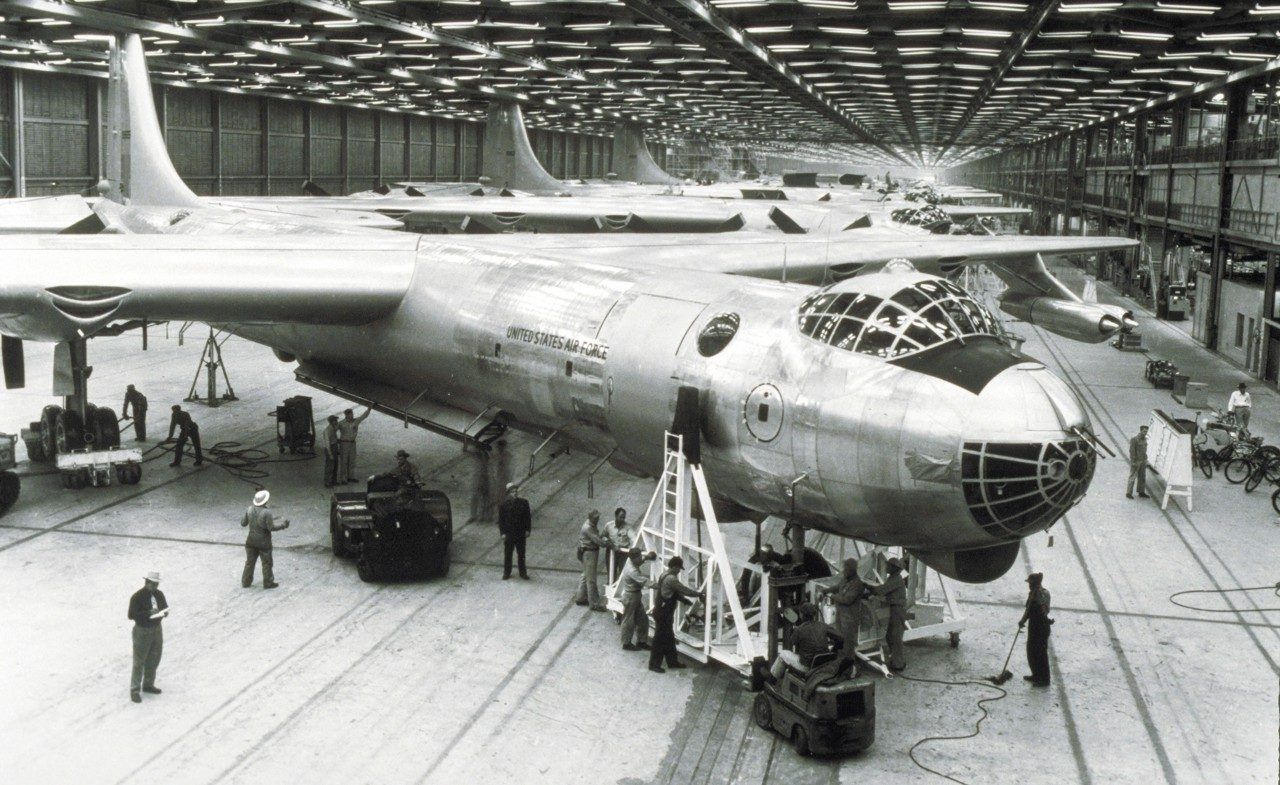Summary
- The Myasishchev M-4, Northrop Grumman B-2 Spirit, and Tupolev Tu-160 had some of the largest wingspans among bombers.
- However, the Boeing B-52 and Convair B-36 Peacemaker have the two largest wing spans out of all the bombers.
- The Convair B-36 Peacemaker still has the longest wingspan.
Throughout military aviation history, there have been more than a few bombers built by various companies. Some aircraft, such as the Boeing B-52 Stratofortress, Northrop Grumman B-2 Spirit, or the Consolidated B-24 Liberator, became icons in their own right. But which bombers were the largest? Simple Flying has compiled the list based on an aircraft’s wingspan, which measures the distance between the wingtips.
5 Myasishchev M-4
Wingspan: 165 ft 8 in (50.5 m)
Starting off the list is the Russian-made Myasishchev M-4, which, according to Britannica, was a Soviet long-range bomber that was also the Soviet Air Force’s (Военно-Воздушные Силы Союза Советских Социалистических Республик, VVS SSSR), first jet-powered bomber. Also known as the ‘Bison’, the aircraft first flew on January 20, 1953, with Myasishchev producing a total of 125 aircraft of the type.
|
Entry-into-service (EIS) date |
Main operator(s) |
|
1956 |
VVS SSSR |
While eventually, it was phased out by Tupolev-made products, including the Tu-95. Interestingly, the Tupolev Tu-95’s wingspan is 164 feet 4 inches (50.1 meters), just short of the Myasishchev M-4’s wingspan of 165 ft 8 in (50.5 meters). Britannica noted that the M-4’s crew consisted of eight people, which included gunners that manned three 23 millimeter (mm) cannons to protect the aircraft. It was capable of carrying nuclear bombs, with the Soviet Union testing its first nuclear weapon, the RDS-1, in August 1949. The Myasishchev bureau also designed the VM-T Alant, a transport aircraft based on the M-4, which was designed to carry boosters and shuttles of the Buran program.
Photo: Fasttailwind | Shutterstock
4 Northrop Grumman B-2 Spirit
Wingspan: 172 ft (52.4 m)
There is no doubt that the shape and capability of the B-2 Spirit has made the Northrop Grumman product one of the most iconic bombers in military history. According to the company, it developed all components from nothing to build the aircraft, including tools, software, composites, test equipment, and 3D modeling and computer systems. The result is a bomber whose wingspan is 172 ft (52.4 m), serving with the United States Air Force (USAF) since December 1993.
|
Entry-into-service (EIS) date |
Main operator(s) |
|
1993 |
USAF |
Its first flight was in July 1989. According to the USAF, the B-2’s combat effectiveness was put to the test during Operation Allied Force in 1999, “where it was responsible for destroying 33 percent of all Serbian targets in the first eight weeks, by flying nonstop to Kosovo from its home base in Missouri and back.” Out of the 21 units produced, none were shot down by adversaries.
The B-2 Spirit will eventually be replaced by the B-21 Raider, which recently flew for the first time on November 10, 2023. According to a USAF spokesperson, “flight testing is a critical step in the campaign to provide survivable, long-range, penetrating strike capabilities” to deter potential enemy attacks.
Photo: USAF
3 Tupolev Tu-160
Wingspan: 182 ft 9 in (55.7 m)
Another Russian-made aircraft on the list, the Tupolev Tu-160, has a wingspan of 182 ft 9 in (55.7 m). The bomber was initially developed during the Soviet times, and after flying for the first time in 1981, the Tu-160 was introduced into the VVS SSSR’s active service in 1987. The bomber has been in active service since.
|
Entry-into-service (EIS) date |
Main operator(s) |
|
1987 |
VVS SSSR, Russian Aerospace Forces (Воздушно-космические силы, VKC) |
While Russia has not lost any Tu-160s during its unlawful invasion of Ukraine, the latter attacked the Engels-2 air base within the former’s territory in December 2022, where both the Tu-95 and Tu-160 are based. According to The Warzone, the base is home to the 22nd Heavy Bomber Aviation Division, which operates a squadron of Tu-160 bombers. Both the Tu-95 and Tu-160 have been involved in the war in Ukraine.
2 Boeing B-52H Stratofortress
Wingspan: 185 ft (56.4 m)
Another USAF icon, the Boeing B-52H Stratofortress, has to have a giant wing. After all, one wing houses four engines each, resulting in a wingspan of 185 ft (56.4 m). Produced by Boeing, the heavy bomber first flew in April 1952, entering service three years later. However, the manufacturer has said that the USAF’s “engineering studies suggest that the lifespan of the B-52 could extend beyond 2040.”
|
Entry-into-service (EIS) date |
Main operator(s) |
|
1955 |
USAF, NASA |
The B-52’s exceptionally large wingspan has resulted in some challenges and innovative approaches toward enabling the aircraft to operate from runways. According to Boeing, the aircraft’s wingspan “is too wide to take off or land in a crossing using traditional flying techniques”, while the company’s engineers “designed special landing gear that could align with the runway allowing special takeoffs and landings.”
USAF is the only customer of the B-52, with Boeing delivering 744 aircraft to the US military branch. The manufacturer delivered the last B-52H in October 1962, with the company noting that only the H model was still in the USAF’s inventory. The Maximum Takeoff Weight (MTOW) of the B-52 Stratofortress is 488,000 pounds (219,600 kilograms), which is still much less than the highest MTOW of the Airbus A380, which is 1.2 million lbs (575,000 kg).
Photo: Boeing
1 Convair B-36 Peacemaker
Wingspan: 230 ft (70.1 m)
The Convair B-36 Peacemaker ticked off one of the most important firsts in the US and USAF’s history, as the bomber was the first to be capable of carrying nuclear armaments. At a wingspan of 230 ft (70.1 m), the Peacemaker has the longest wingspan out of all the bombers that have been produced by any of the major superpowers. Unfortunately, Convair, which officially began its story when Consolidated and Vultee Aircraft merged in 1943, was eventually purchased by General Dynamics, which shuttered Convair in 1996.
|
Entry-into-service (EIS) date |
Main operator |
|
1948 |
USAF |
Photo: Lockheed Martin
Nevertheless, according to Lockheed Martin, a B-36 pilot said piloting the Peacemaker was “like sitting in a bay window flying an apartment house.” The B-36 flew for the first time in August 1946 and was eventually retired in 1959. The National Museum of the USAF noted that the B-36 Peacemaker was never used in active combat, acting as an active deterrent during the Cold War. The museum has housed a B-36 Peacemaker since April 1959.

